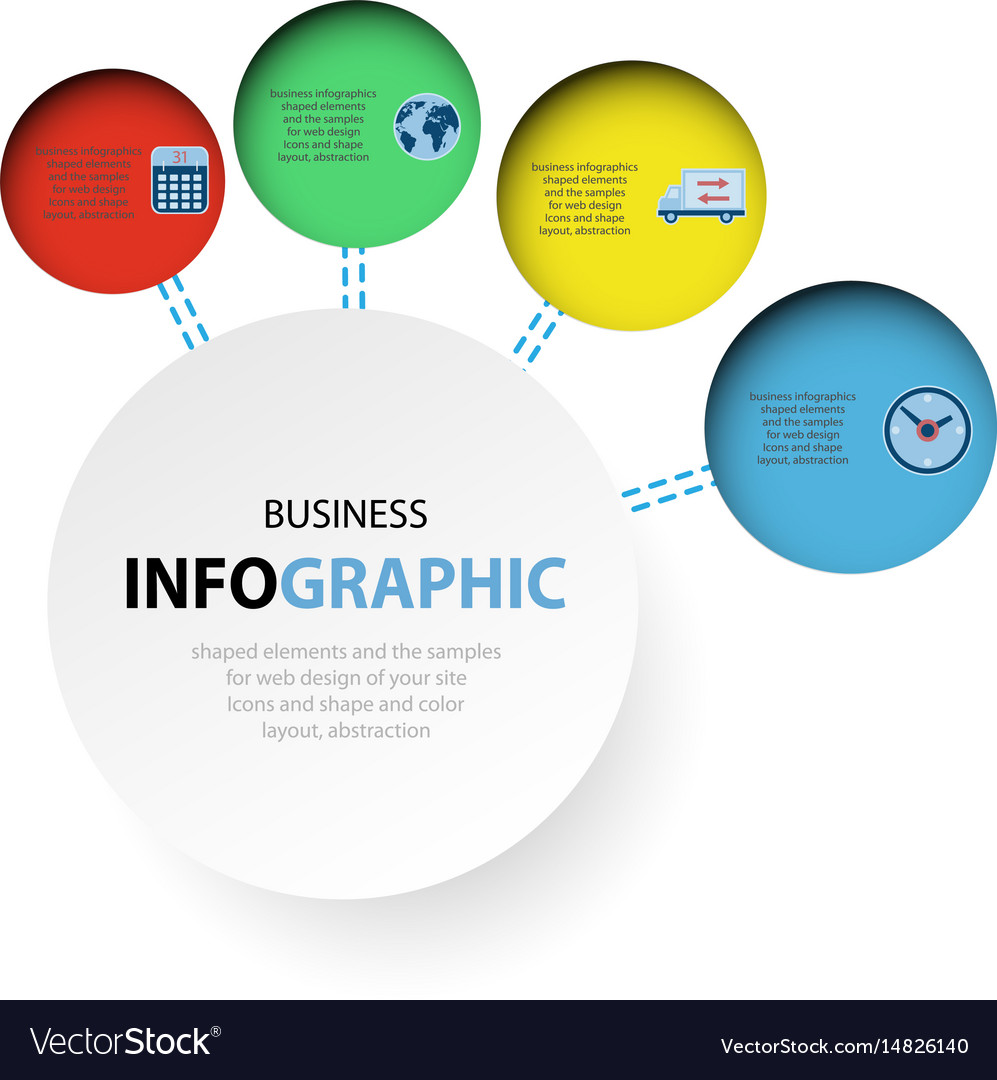Intrigued In Finding Out Just How Website Style Has Altered Over The Years? Explore The Development From Standard, Straightforward Layouts To User-Centered Methods That Focus On The Requirements And Preferences Of On The Internet Visitors
Intrigued In Finding Out Just How Website Style Has Altered Over The Years? Explore The Development From Standard, Straightforward Layouts To User-Centered Methods That Focus On The Requirements And Preferences Of On The Internet Visitors
Blog Article
Uploaded By-Collier Gibbons
In the past, websites were straightforward and concentrated on info. Navigating was direct, and layout was for desktop computers. Now, individual experience is key. Information guides designs for simple navigation. Responsive formats suit various devices. Today, dark mode lowers strain, and minimalist menus improve navigation. Interactive functions involve individuals, and strong visuals stick out. AI combination improves involvement. See exactly how design has evolved to improve your online journey.
Early Days of Website Design
In the very early days of web design, simplicity preponderated. Web sites were basic, with minimal shades, fonts, and designs. The emphasis was on giving information instead of fancy visuals. Users accessed the internet with slow-moving dial-up links, so speed and performance were essential.
Navigating food selections were straightforward, typically situated at the top or side of the web page. Web sites were created for home computer, as mobile surfing had not been yet common. Content was king, and designers focused on easy readability over complicated style components.
HTML was the primary coding language used, and developers needed to work within its constraints. Animations and interactive attributes were very little compared to today's standards. Internet sites were static, with little vibrant web content or individualized individual experiences.
Rise of User-Focused Design
With the advancement of internet site design, a change in the direction of user-focused style concepts has become significantly noticeable. Today, developing web sites that focus on individual experience is critical for engaging visitors and accomplishing company objectives. User-focused style involves comprehending the demands, preferences, and habits of your target market to tailor the internet site's format, content, and includes accordingly.
Developers now perform complete research, such as individual surveys and functionality testing, to collect insights and responses directly from users. visit my webpage -driven approach assists in developing instinctive navigating, clear calls-to-action, and visually enticing user interfaces that resonate with site visitors. By placing the user at the center of the style procedure, websites can deliver an extra individualized and pleasurable experience.
Responsive design has additionally become a vital aspect of user-focused design, making sure that internet sites are optimized for different devices and screen sizes. This flexibility boosts availability and usability, satisfying the diverse ways users communicate with web sites today. Fundamentally, the increase of user-focused design indicates a shift in the direction of creating digital experiences that focus on the requirements and expectations of completion user.
Modern Trends in Web Design
Check out the latest fads forming website design today. One famous fad is dark setting layout, supplying a sleek and modern-day look while decreasing eye pressure in low-light atmospheres. Another vital trend is minimal navigation, simplifying food selections and boosting individual experience by focusing on essential elements. Integrating https://seowebsitedesignservices95173.win-blog.com/9939449/just-how-to-create-compelling-advertisement-copy-for-your-ppc-projects -interactions, such as computer animated buttons or scrolling impacts, can create a more engaging and interactive site. Receptive style stays vital, ensuring seamless individual experiences across numerous tools. In addition, utilizing strong typography and unbalanced formats can include aesthetic rate of interest and accentuate specific content.
Integrating AI innovation, like chatbots for customer support or customized referrals, improves customer interaction and improves procedures. Accessibility has likewise become a considerable pattern, with designers focusing on inclusive layout practices to cater to varied customer requirements. Embracing sustainability by maximizing website performance for speed and efficiency is another arising pattern in web design. Working together with customer comments and data analytics to iterate and boost layout continually is essential for staying appropriate in the ever-evolving electronic landscape. By accepting these modern-day patterns, you can produce a visually attractive, straightforward web site that resonates with your audience.
Final thought
As you assess the evolution of web site style from the very early days to now, you can see just how user-focused style has actually ended up being the driving force behind modern-day fads.
Accept the trip of adjustment and adjustment in web design, constantly maintaining the individual experience at the leading edge.
Remain current with the current trends and modern technologies, and never quit progressing your strategy to develop aesthetically magnificent and easy to use web sites.
Develop, adjust, and create - the future of website design is in your hands.
